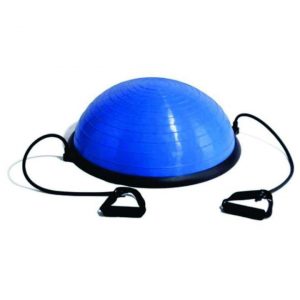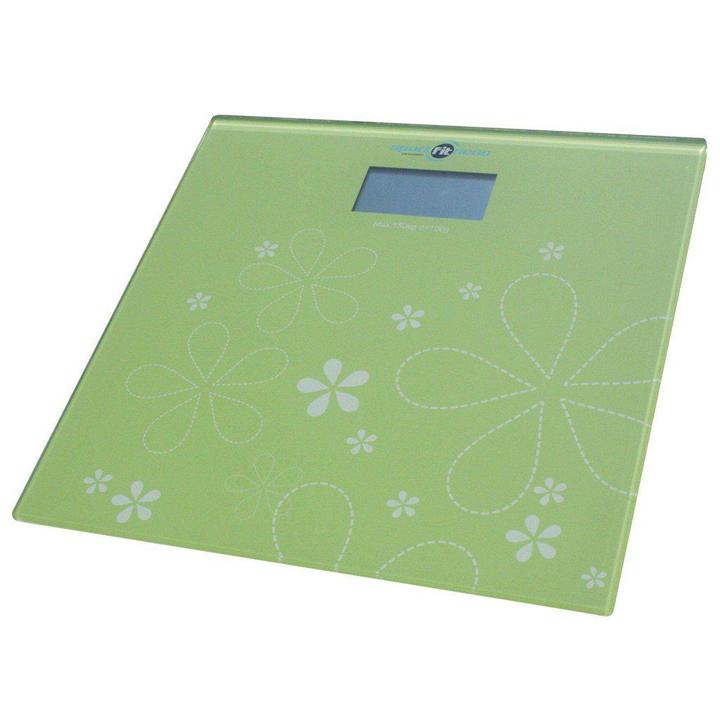Características del Producto
| Peso | 1 kg |
|---|---|
| Dimensiones | 50 × 50 × 1 cm |
$84.756 Original price was: $84.756.$67.804Current price is: $67.804. IVA
Lleva un seguimiento con la Báscula electrónica. Posee Plataforma en vidrio templado. Ideal para tener un aliado en casa.
| Peso | 1 kg |
|---|---|
| Dimensiones | 50 × 50 × 1 cm |
Descripción:
Uso: Domestico e institucional.




Debes acceder para publicar una reseña.


Calificación
No hay Calificación aún.